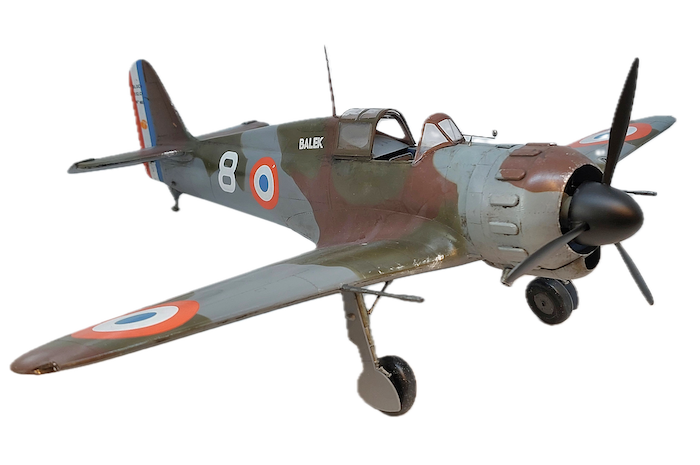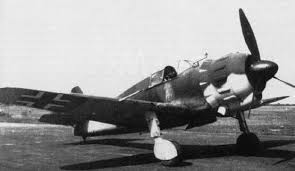
Full Review with Rob Ruscoe
And just before we get started, here’s a quick look at how it all turned out..

The forerunner of the 152, the Bloch 150, was designed by Marcel Bloch to meet the requirements of the French Air Ministry competition for a new fighter aircraft. The competition was actually won by the Morane Saulnier M.S.406 but the Bloch design seemed promising enough for the project to continue. Unfortunately, there must have been a slight mis-reading of the slide rule because the first prototype refused to leave the ground due to a lack of wing area. After this was corrected, the modified MB 150 finally flew in October 1937.
Redesign with a stronger airframe, another increase in wing area and the adoption of the more powerful Gnome Rhone 14N-7 radial engine resulted in the MB152C.1 and a substantial production order which meant that around 120 aircraft were available to the Armee de I’air when the Second World War broke out.
During the initial stages of the conflict, very few encounters between the MB 152 and the Luftwaffe took place – only a single JU 88 was reported lost. As the Battle of France gathered pace, the 152 was found to be outmatched by the Bf109 in almost every respect and the Bloch squadrons suffered heavy losses. With its heavy armament of two Hispano-Suiza 20mm cannons and two or four M39 7.7mm machine guns however, the aircraft gave a good account of itself against German bombers.

After the armistice, the 152 continued in service with the Vichy French Air Force until it was decided to standardise with the Dewoitine D.520. A number of other air forces acquired small numbers of Bloch fighters including three 152C.1s which were flown to England by Polish pilots following the collapse of France. These were given RAF markings and were used briefly for local air defence before being grounded for lack of spares.
Unfortunately, there are no surviving Bloch 150 series fighters extant.
The Kit>
Azur is a French brand with ties to the Czech company Special Hobby who produce some of their designs. This kit is a typical short run, low pressure moulding with no locating pins anywhere but exhibits a good amount of riveting detail and accurate panel lines. The stout box contains six sprues of grey, shiny styrene, a (not so) clear sprue, a number of nicely cast resin engine and cockpit parts and a single sheet of photo etch containing, amongst other things, SEATBELTS! I still don’t understand why manufacturers such as Airfix and Zoukei Mura deem it unnecessary to include the highly visible harness in their increasingly expensive offerings whilst the smaller makers do! A single decal sheet provides markings for three aircraft – all in the standard three tone camouflage scheme of the time.